Dog collars serve a very valuable purpose. They hold ID tags and vaccination records and can even make a fashion statement! But many people (dog owners and trainers) use collars, such as a shock collar, to prevent unwanted behavior.
This dog (in the image above) echoes my sentiment about the use of shock collars. COVER MY EYES because I don’t want to see any dog trained using fear tactics or painful devices that could make a dog’s behavior EVEN WORSE!
Shock-collar advocates think that the electric shock doesn’t hurt the dog, that it just ‘shocks,’ or grabs the dog’s attention, so that a behavioral correction can be made. They view the collar as an effective training tool that stops bad behavior.
I cannot emphasize how strongly I disagree with this fear-based training method.
To me, shock collars are a big No-No!
The Shocking Truth Behind Using Dog Shock Collars for Training
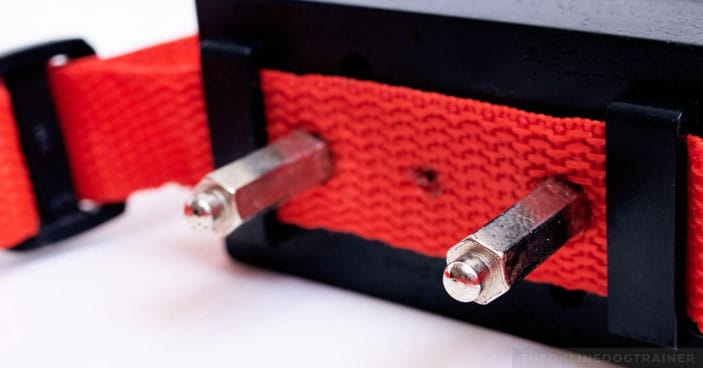
Despite what some people think, shock collars do inflict both physical and emotional pain. The emotional trauma may be the most damaging because the dog doesn’t understand why you continue to cause harm to them.
And it is NOT a long-term training solution.
By using a shock collar, you are using fear to suppress unwanted behavior rather than addressing the underlying cause behind your dog’s actions. In effect, the dog is trying to avoid a shock rather than learning how to behave correctly.
It should come as no shock to you that training your furry friend in this way comes with repercussions. Some include:
- Increased anxiety because they are worried about an unpredictable shock.
- Unreasonable worry about or fear of everyday sounds (a siren wails or a smoke detector that’s out of batteries beeps, and the dog may think that his collar is about to shock him ).
- Inaccurate behavioral associations due to mistimed shocks (say a dog was looking at a tree and received a shock, she may become fearful of the tree).
- Broken dog-owner relationship, where the dog fears their owner and leads to a lack of trust. This can result in the dog lashing out even more aggressively!
- Poor well-being due to the stress, fear, and pain the dog is experiencing. He may start resisting food and become timid or nervous.

If a shock happens at the wrong time or place, the dog can become scared of objects or people that had NOTHING to do with the shock.
Using fear-based tools like dog shock collars are PROVEN to be ineffective as a long-term training solution.
Why?
Because it relies on the tool (in this case, the shock collar) being there. If you forget to put the shock collar on or it runs out of batteries, there is no foundational training to fall back on.
Here’s an example…
You shock your dog every time they get excited and jump on people as they come through the door. The batteries run out and you don’t have time to charge them. Your guests walk in and your dog suddenly doesn’t get the “warning beep.” Now, it’s fair game to jump on people.
Dogs are INCREDIBLY smart, and they will know when they can get away with things. If you use tools to train your dog or frighten them into submission, it doesn’t solve the reason behind why they are behaving the way they are.
Obviously, you don’t want to make an aggressive dog MORE aggressive or fearful of you. That’s why it’s so important to develop a kind and nurturing relationship with your pup that will set you up for a lifetime of good behavior.
Positive Training Methods that Don’t Require Dog Shock Collars
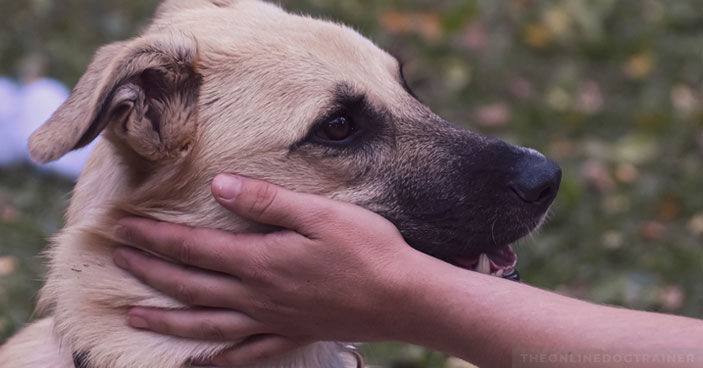
I don’t agree with forcing your dog into obedience…
I do agree with kind training techniques that win your dog’s mind so you can establish a relationship built on trust and respect. This is HANDS DOWN the best way to get your dog to listen to you.
I’ve helped over 88,000 dog owners build a positive relationship with my Dog Calming Code™ program. This program focuses on kind and gentle training methods that help you understand what’s going on in your dog’s mind.
The key is getting your dog to ignore all the other outside stimuli (a stranger walking through the door, another dog running through the park, etc.) so that he or she can focus solely on you and what you want him or her to do.
Using my Dog Calming Code™ will result in a calm dog that will remain in a relaxed state even when you leave the room!
Now, I understand that sometimes tools are necessary for training. But the tools I recommend are not the ones that subject your dog to pain or distress. For example, if you want your dog to be calmer on walks, try the Doggy Dan No-Pull Harness, which helps eliminate leash pulling.
If you find your dog simply does not pay attention to you while you’re in the park, the Doggy Dan Pro Dog Whistle means that you don’t have to yell anymore! Learn how to use the whistle effectively to get your dog to come to you despite any distractions with the Doggy Dan Whistle Training Masterclass DVD Bundle.
All of these training tools prioritize your relationship with your dog and get to the root of your dog’s behavioral issues WITHOUT using forcible training methods that can make your dog’s issues even worse!
If you’re having a hard time getting your dog into a calm state BEFORE you begin training, Doggy Dan’s Angel Oil CBD Dog Treats could really benefit you!
When it comes to dogs and CBD, it's all about how this magical cannabinoid teams up with their endocannabinoid system (ECS). Your dog's ECS is like the superhero responsible for mood, memory, muscle movement, digestion, appetite, and balance. When the ECS is in harmony, your dog shines in all these areas. But when it's off-kilter, their well-being can take a hit.
Since CBD is a great sidekick for the ECS, giving your pup a dose of doggy CBD treats or tinctures might help them find their balance and feel awesome overall.
Remember…Angel Oil is always an AID and isn’t meant to be used forever in training your dog.
I ALWAYS encourage kind and gentle training methods that focus on building a strong connection between you and your dog so you can live a life full of love and obedience.

If you want a calm dog who listens no matter what is going on around you, I encourage you to take a look at my Dog Calming Code™ program. This program provides all the information you need to train your dog successfully without using harmful devices like shock collars.
Learn more about my affordable Dog Calming Code™ program here!
Best of luck,
~Doggy Dan 🙂

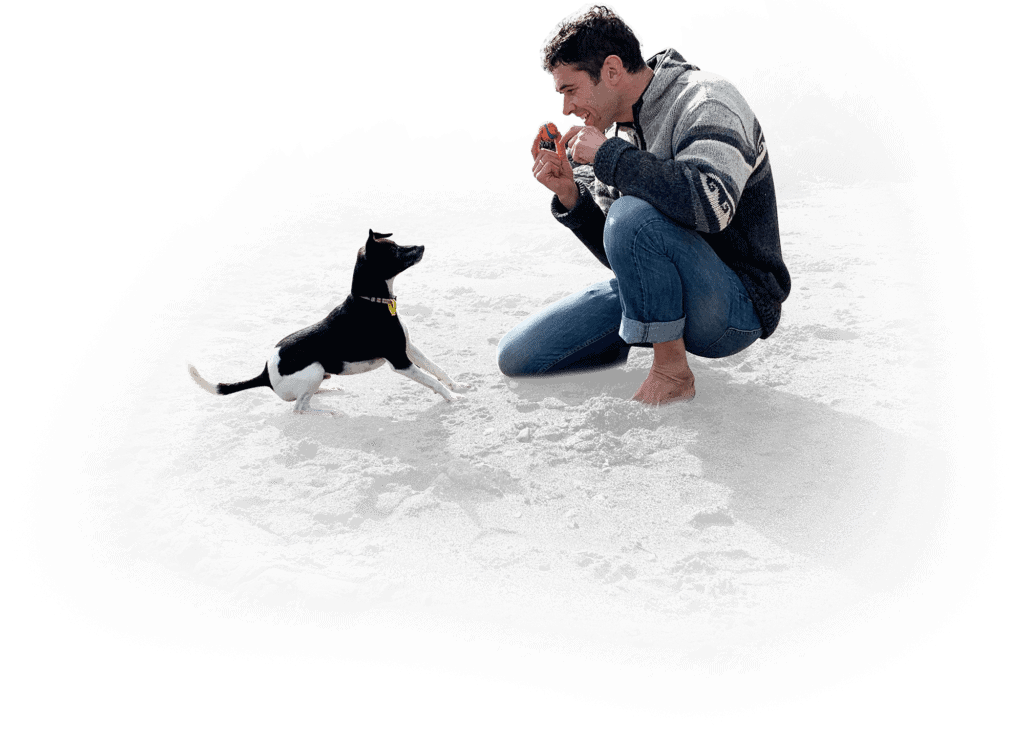
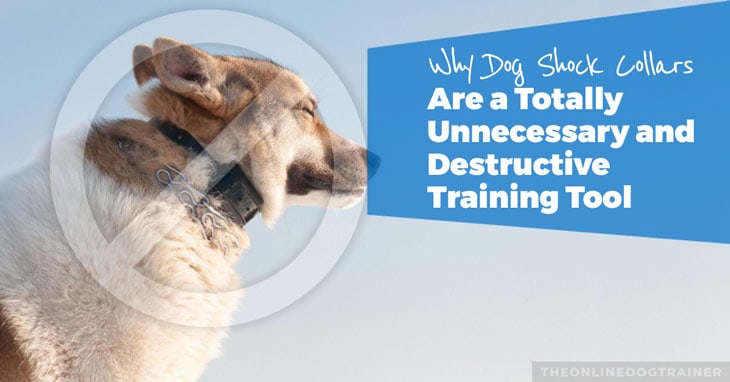
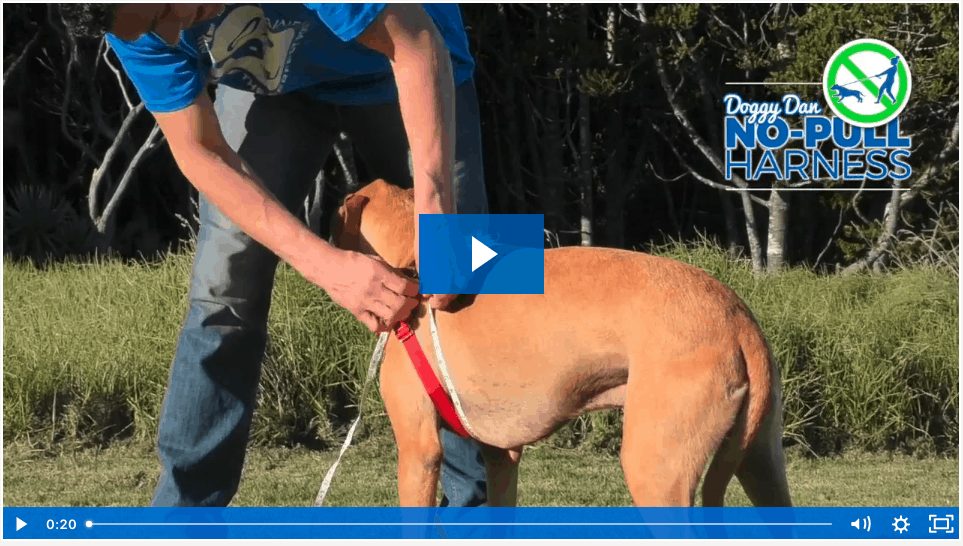




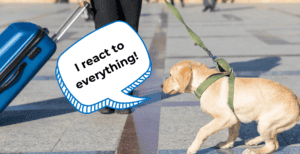
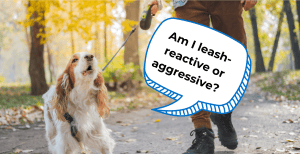

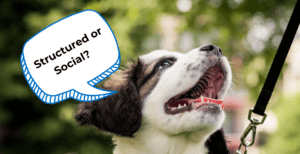

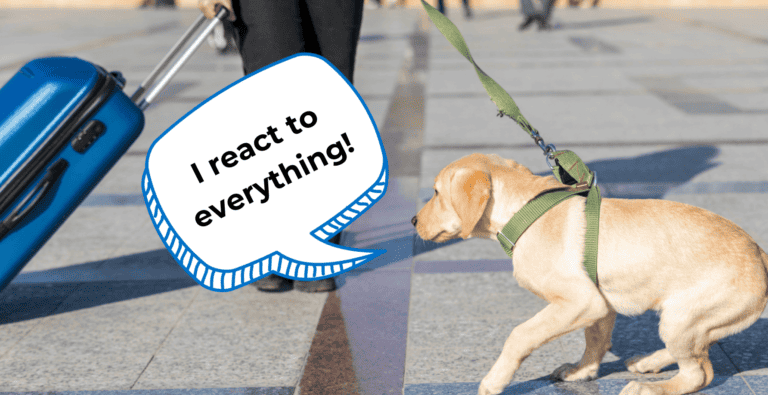
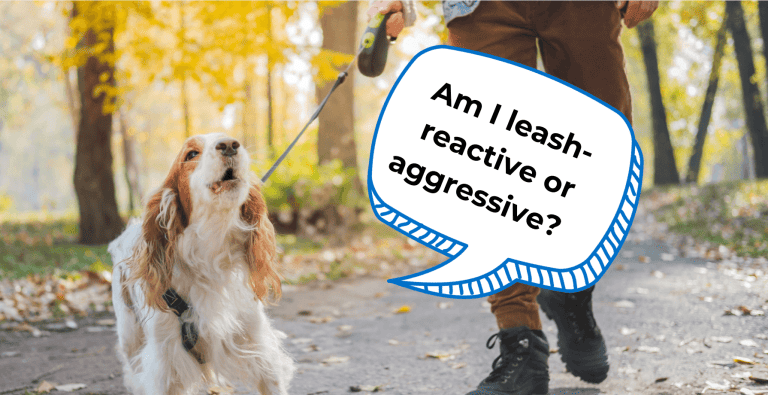

6 Responses
Tried your methods and it did not work on my dog.
Tried multiple trainers and that did not work.
Both trainers and vets recommended drugs to calm my dog.
My dog will not focus long enough to train as she is wound so tight she is ready to explode!! And yes I do exercise her, to the point her nails don’t even need clipping anymore as they are wore down.
What would you recommend now if not this type of training??
Hi Dan,
It can certainly be tough working with a dog who is on edge all the time and finds it hard to focus. We have a topic on my membership website that talks about why dogs display this type of intense behaviour (hyperactivity) and how to help them relax enough to work with them…..and that can take a little time and patience. The most important thing is that we work within the dog’s excitement threshold so they can focus and learn and the best place to start is in your home….where your dog will have less distractions and be able to focus better. As far as the importance of exercise in a well behaved dog, exercise alone does not lead to good behaviour. To solve a dog’s unwanted behaviours effectively, and for the long-term, we need to primarily work with the dog’s mind and change our behaviour first so that our dogs are then able to change theirs. All the Best, Doggy Dan
How would you train an adult Amstaff mastiff cross to stop hunting cats? Although very well behaved on lead and friendly with all other dogs large and small he goes crazy of he spots a cat. His body demeanor changes and he lunges towards cat. Impossible to hold him down as he is determined to kill it
Hi Gerry,
Cats can be a really common trigger for dogs but it’s a behaviour you can work them through, with a little practice and the right approach….and even better, you can do this without the need for shock collars! Exposure to cats is one element of that training but the most important part is the process and information you give the dog when that exposure happens. Rather than detail the entire process here, it’s would be a lengthy post!, we do cover this issue on my website TheOnlineDogTrainer.com …maybe take a quick look…its a $1USD trial for 3 days…All the Best, Doggy Dan
I use a shock boundary collar on my puppy to ensure she doesn’t run onto the busy and fast road bedside our house. We use it in beep mode only so it doesn’t shock her but teaches her to stay away from the road when she hears the beep. I was reluctant to use it even for just the beep but I can’t take the risk of her getting hit by a car. If I thought there was another sure way to guarantee she doesn’t get hit I would do it.
Hi Karen, using an e-collar in ‘beep mode’ is very different from having the collar set to shock. If you have found that your dog responds well to just the beep, and it allow you to keep her safe then that’s great. All the Best, Doggy Dan